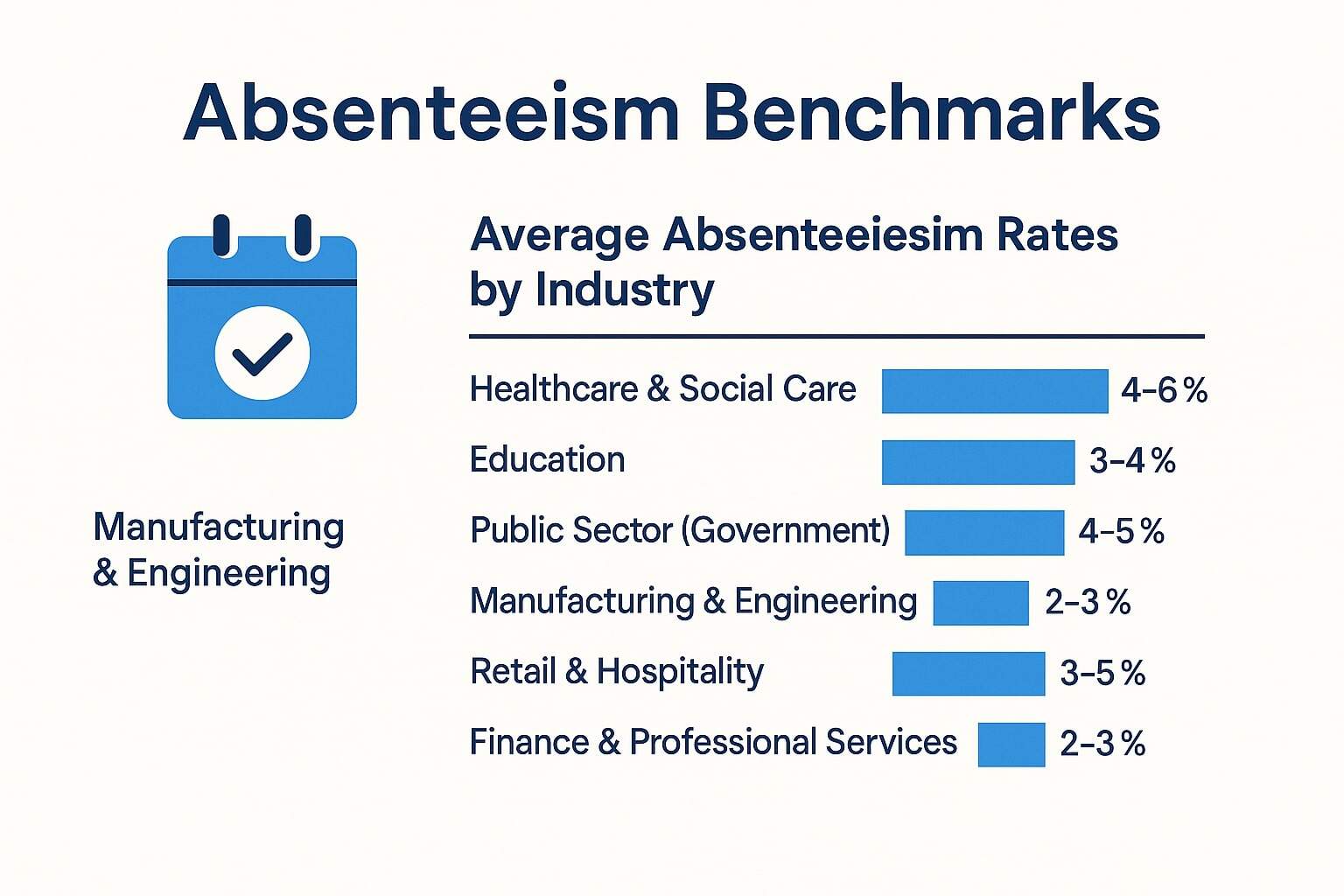How to manage sick leave and absences

Sickness absence is often seen by companies as something that simply happens to every organisation and doesn’t have to be managed. Furthermore, due to the personal nature of sickness, it was viewed as something that couldn’t be managed – without potentially delving too far into an employee’s private life.
However, the ongoing, global pandemic has forced companies to readdress the concept of managing sickness absence. In most cases, in order to preserve the health of their workforce, companies have quickly found that it’s become a necessity – and a priority. This post explores why you need to manage sickness absence within your company,
Your sickness absence policy
The first step in effectively managing sickness absence is a well-thought-out sickness absence policy. As part of your overall absence policy, it will outline your company’s procedure for managing employee sickness, including remuneration, how to report absence and to who, your return to work process, etc.
This policy ensures that everyone is on the same page and gives HR and management something to immediately refer to when faced with sickness absence.
If you don’t currently have a sickness absence policy, now would be the ideal time to create one. Even if you do, however, now is an opportune time to review it and potentially improve it.
The impact of COVID-19
COVID-19 has necessitated the need for companies to pay closer attention to their sickness absence management. For a start, the possibility that any of their staff could become sick at any time is at the front of every company’s mind. There’s more of a need than ever to monitor each employee’s situation and to have a clear process in place for when they fall ill. Also, as many employees have to work remotely, companies need to know where they are, which of them are ill, whether they’re able to still work, how long they’ve been sick, and what do if their absence is prolonged.
However, when companies return to their premises in the coming months, management will initially have to monitor their employees’ health. Whereas in the past, feeling a little under the weather, or symptoms like a runny nose or a cough, weren’t much cause for concern, now they have to be addressed. Going forward, as well as considering their own health, each employee has to consider how they could transmit their illness to their colleagues. Now, everyone relies on their co-workers being responsible and making wise decisions that consider everyone.
Consequently, staff will have to better communicate with their employers, letting them management or HR know as soon as they start to feel ill, whether they’ve sought medical advice and what was diagnosed, their ability to work, and updates on their health.
COVID-19 will linger in the mind way after the current situation has subsided, causing people to take self-isolation and contagion more seriously and allow HR’s to manage sickness absence effectively.
The importance of a return to work process
Another important aspect of managing sickness absence is your company’s return to work process. This is comprised of the steps taken when an employee returns to work after being ill, in an effort to ease their transition back to work.
The most prominent part of this process is the return to work interview, in which HR has a discussion with the employee about their health and the company can help them going forward. Return to work interviews show employees that you care, both about their health and making their work-life easier as comfortable as possible. However, they can also prove invaluable for discovering useful information for how to better support your workforce going forward. As return to work interviews are private and confidential, employees may feel comfortable revealing their true thoughts and feelings about the company, providing valuable insights into how you can take better care of your employees.
Recording information
As managing sickness absence becomes more important, so does the need to record information related to it. All too often, however, information like which employees are absent and why, how many days they’ve been sick, whether they’re working from home, and information gathered in their return to work interviews are held in different places. This could range from a series of spreadsheets and documents to just being written down somewhere or locked away in someone’s head.
Unfortunately, it’s hard to analyse information and identify patterns in this way, compromising a company’s ability to make strategic decisions that could better help them manage sickness absence. An online, centralised leave and absence management system, on the other hand, stores all this information in one place, making it immediately clear which employees are sick and which measures you need to take to protect them and the rest of the company.



